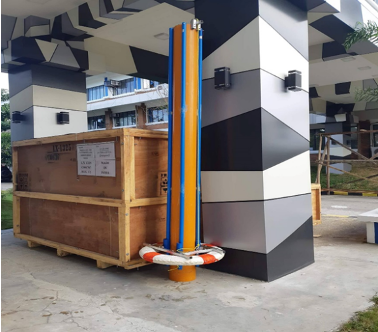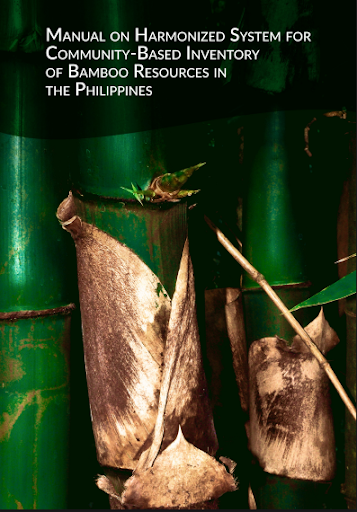Natural Fungicide from Tasmannia piperita (Hook. f.) Miers



Project FRIES or the Freshwater Morphology Information-Encoding System, is a technology developed …

The UPLB – College of Agriculture and Food Science …

The Bataan National Park (BNP), a protected area of 20,004 hectares (ha), …

Bamboo cover maps and estimates of harvestable bamboo culms in Pangasinan, Iloilo, …

Enzymes in natural textile fiber treatment was used and utilized a combination …